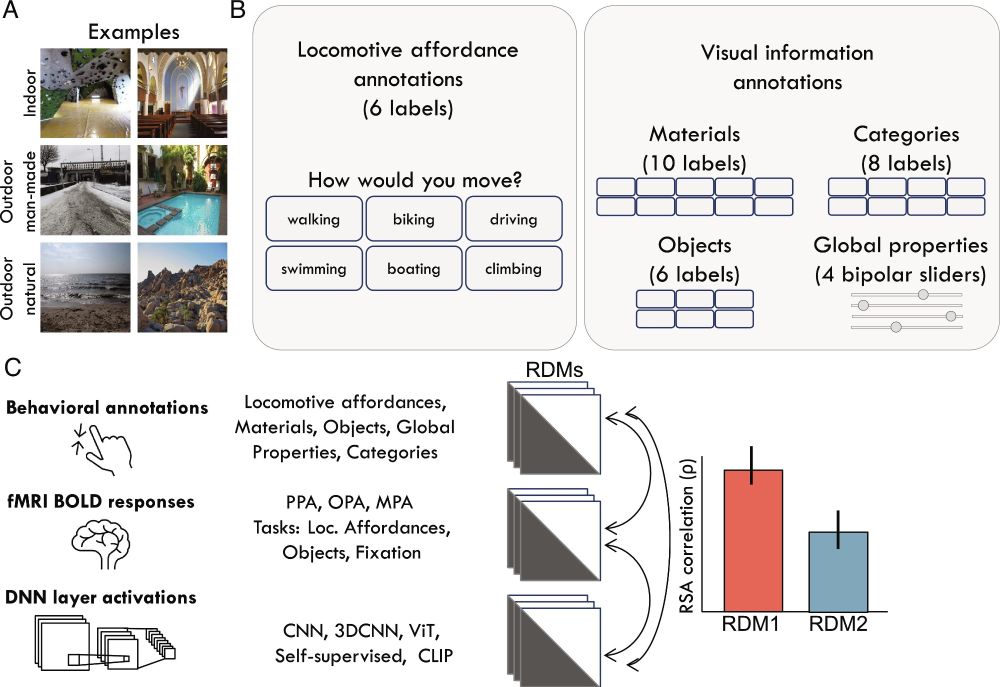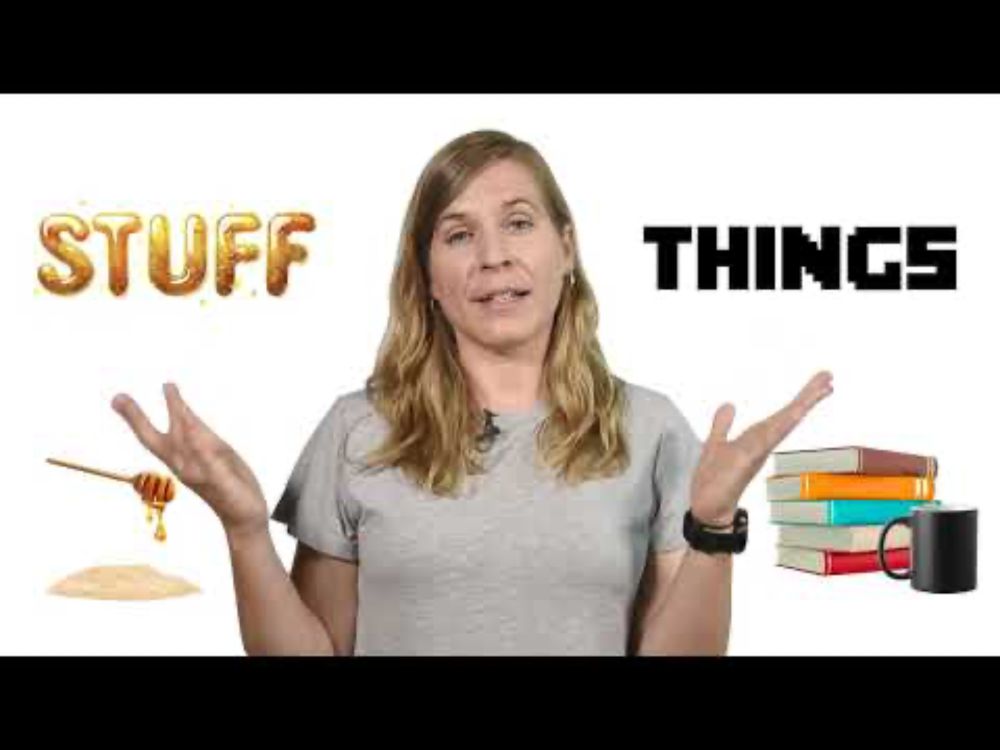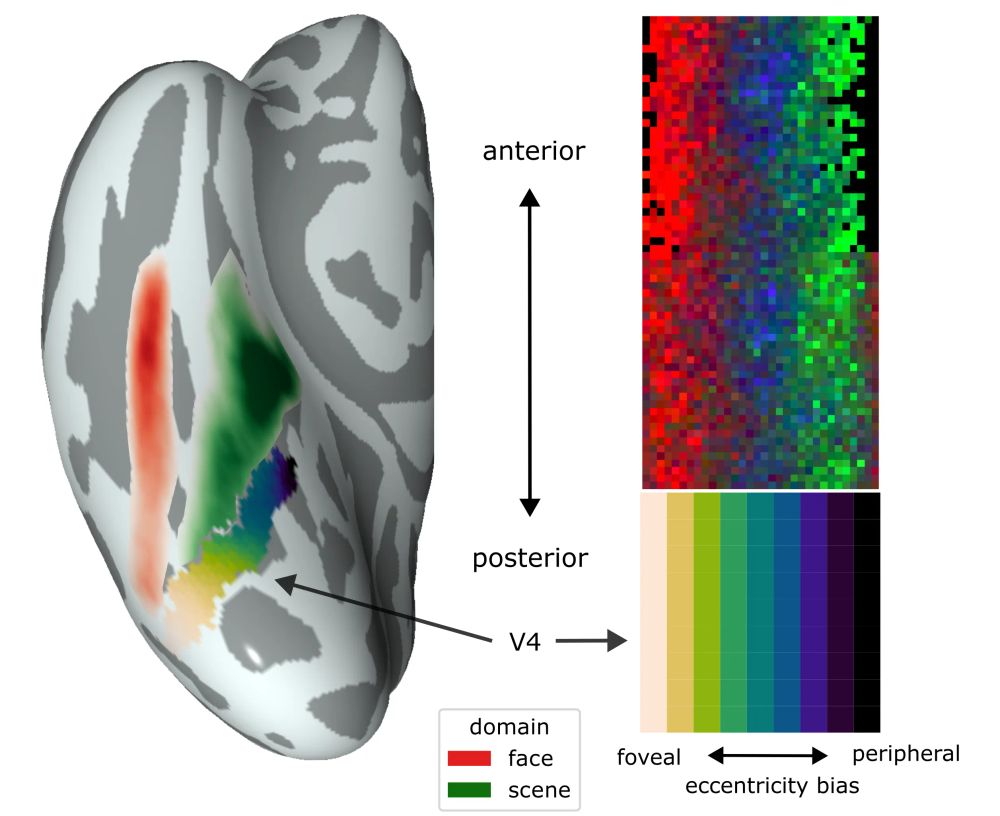Lenny van Dyck
@levandyck.bsky.social
150 followers
200 following
14 posts
PhD candidate in CogCompNeuro at JLU Giessen
Exploring brains, minds, and worlds 🧠💭🗺️
https://levandyck.github.io/
Posts
Media
Videos
Starter Packs
Pinned
Reposted by Lenny van Dyck
Reposted by Lenny van Dyck
Reposted by Lenny van Dyck
Martin Hebart
@martinhebart.bsky.social
· Jun 23

Dimensions underlying the representational alignment of deep neural networks with humans - Nature Machine Intelligence
An interpretability framework that compares how humans and deep neural networks process images has been presented. Their findings reveal that, unlike humans, deep neural networks focus more on visual ...
www.nature.com
Reposted by Lenny van Dyck
Iris Groen
@irisgroen.bsky.social
· Jun 16

Representation of locomotive action affordances in human behavior, brains, and deep neural networks | PNAS
To decide how to move around the world, we must determine which locomotive actions
(e.g., walking, swimming, or climbing) are afforded by the immed...
www.pnas.org
Lenny van Dyck
@levandyck.bsky.social
· Jun 18
Lenny van Dyck
@levandyck.bsky.social
· Jun 18
Lenny van Dyck
@levandyck.bsky.social
· Jun 18
Lenny van Dyck
@levandyck.bsky.social
· Jun 18
Lenny van Dyck
@levandyck.bsky.social
· Jun 18
Lenny van Dyck
@levandyck.bsky.social
· Jun 18
Reposted by Lenny van Dyck
Reposted by Lenny van Dyck
Steven Scholte
@neurosteven.bsky.social
· May 28

2 PHD-STUDENTS IN NEUROAI OF DEVELOPMENTAL VISION (M/F/X) - Academic Positions
Join an interdisciplinary team to research developmental vision in NeuroAI. Requires a strong computational background, deep learning skills, and a Master's ...
academicpositions.nl
Reposted by Lenny van Dyck
Reposted by Lenny van Dyck













